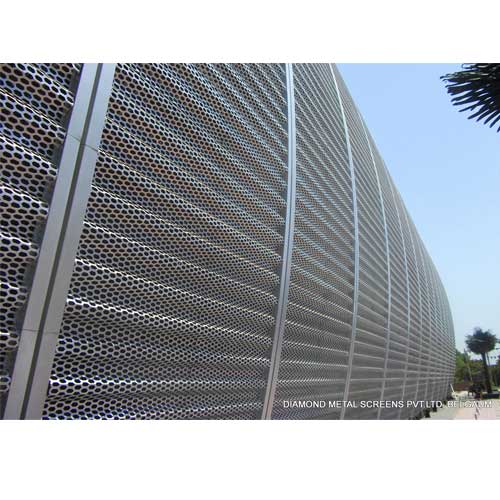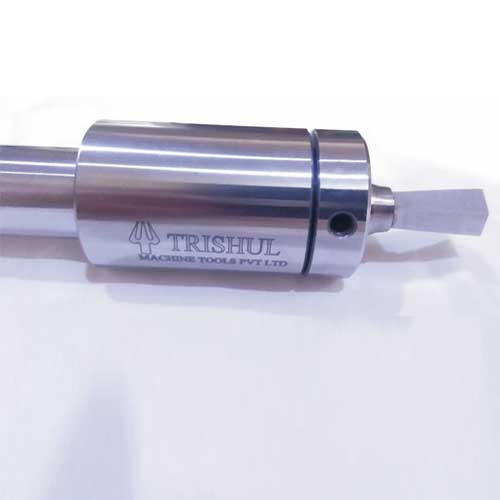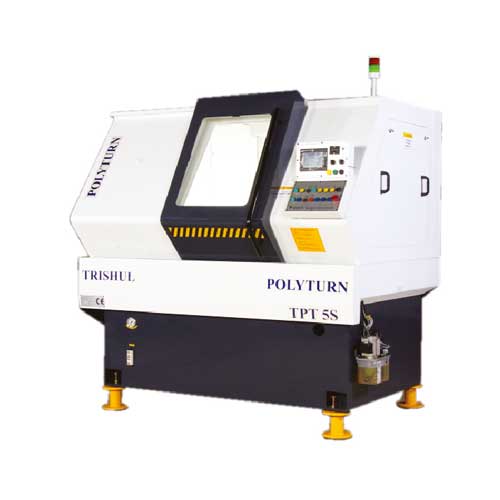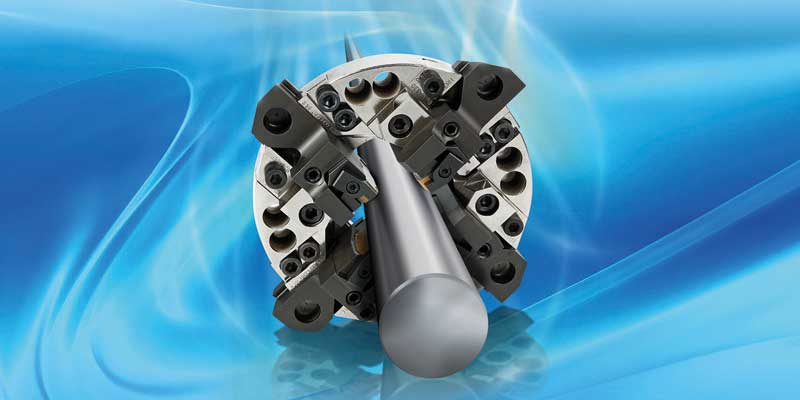Schedule a Call Back
Electro Static Precipitator (ESP)
Electro Static Precipitator (ESP)
Clair Engineers designs and supplies electro static precipitators (ESPs) for all process industries. Experts at the company help customers to establish a technological advantage by adopting technical developments in the industry, while undertaking design and supply of ESPs. The electrostatic precipitator process consists of three fundamental steps: (1) Particle charging, (2) Particle collection, and (3) Removal of the collected dust. Particle charging in practical precipitators is accomplished by means of corona, which produces ions that become attached to the particles. Generation of a corona requires the development of a highly non-uniform electric field ? a condition that occurs near the electrode when a high voltage is applied to the emitting electrodes. The electric field near the emitting electrode accelerates electrons present in the gas to velocities sufficient to cause ionisation of the gas in the region near the electrode. The ions produced as a result of the corona migrates toward the collection electrodes and in the process collide with and become attached to particles suspended in the gas stream. The attachment of ions results in the build-up of an electric charge, the magnitude of which is determined by the number of ions attached. The charge on the particles in the presence of an electric field results in a new force in the direction of the collection electrodes. The magnitude of the force is dependent upon the charge and the field. This force causes particles to be deposited on the collection electrodes where they are held by a combination of mechanical, electrical and molecular forces. Once collected, particles can be removed by periodic impact or rapping in the case of solid material. In the latter case, a sufficiently thick layer of dust must be collected so that it falls into the hopper or bin in coherent mass to prevent excessive re-entrainment of the material into the gas stream. Physical arrangement of precipitators differs depending upon the type of application. Various types of emitting electrodes are used in various precipitators. However, for reasons of space economy, most commercial precipitators use plates as collection electrodes.
Products from Clair Engineers Private Limited


Products from MACHINE TOOLS, POWER & HAND TOOLS Category


Versatile Machining Capability Through Ram Type Milling & Grinding Heads

















